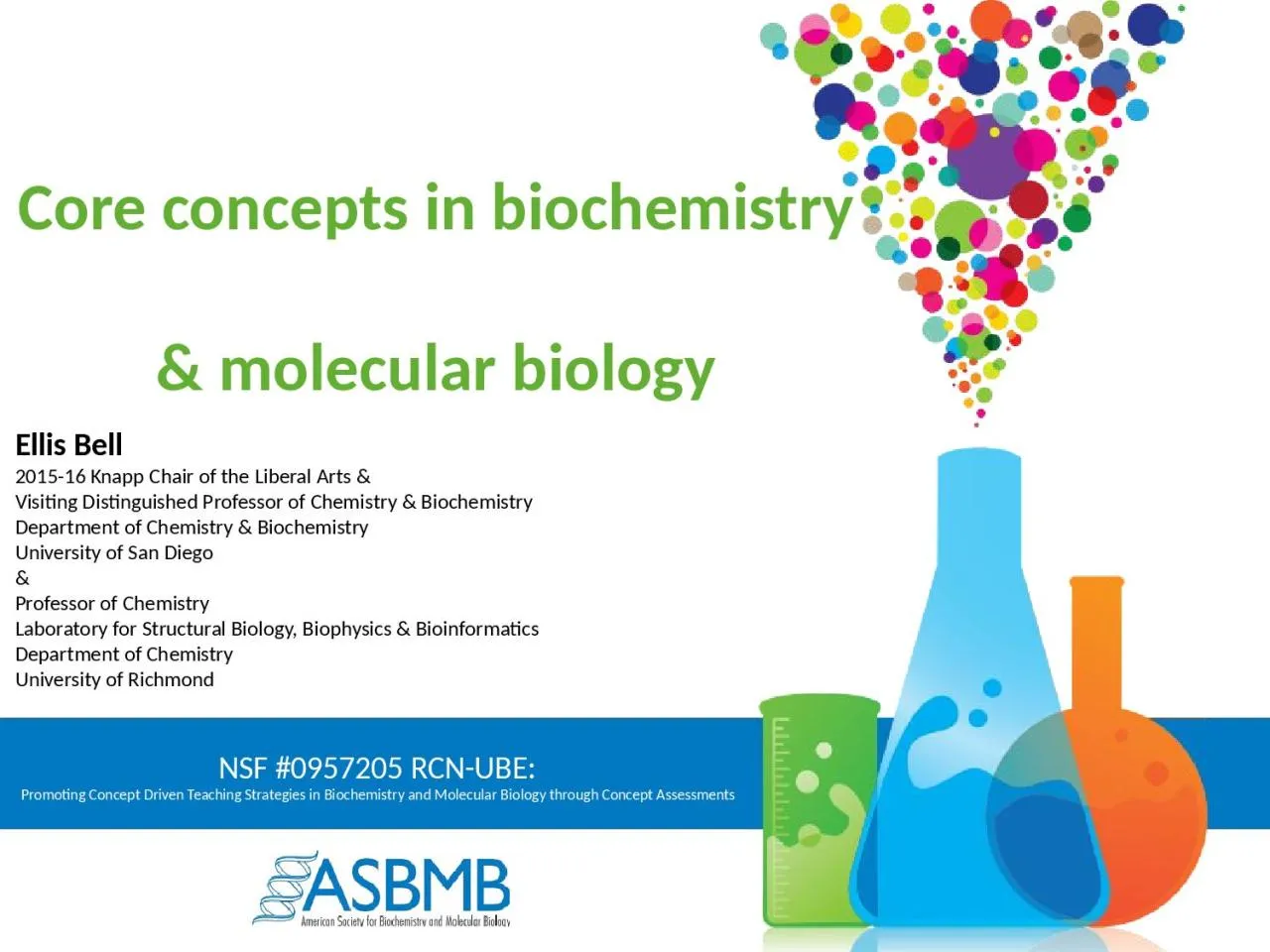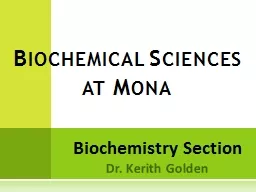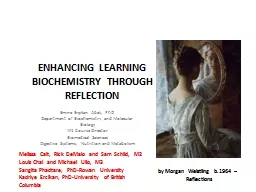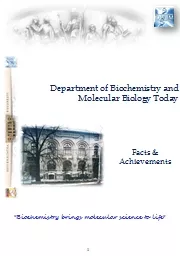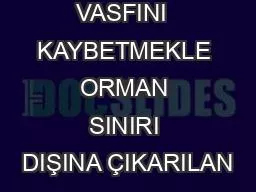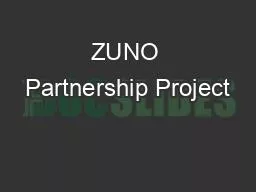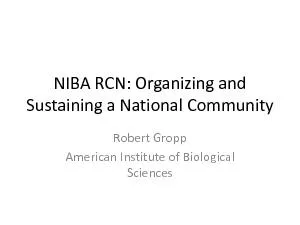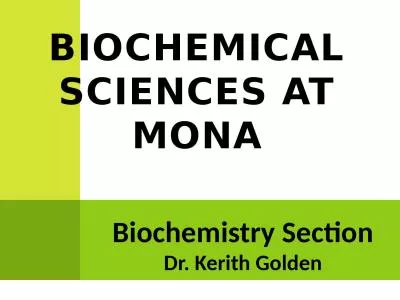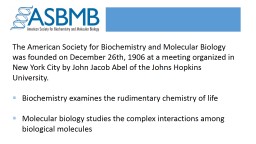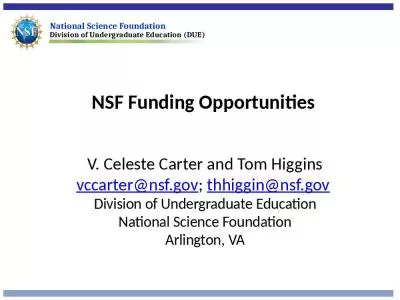PPT-NSF #0957205 RCN-UBE: Promoting Concept Driven Teaching Strategies in Biochemistry and
Author : martin | Published Date : 2022-05-31
Core concepts in biochemistry amp molecular biology Ellis Bell 201516 Knapp Chair of the Liberal Arts amp Visiting Distinguished Professor of Chemistry amp Biochemistry
Presentation Embed Code
Download Presentation
Download Presentation The PPT/PDF document "NSF #0957205 RCN-UBE: Promoting Concept..." is the property of its rightful owner. Permission is granted to download and print the materials on this website for personal, non-commercial use only, and to display it on your personal computer provided you do not modify the materials and that you retain all copyright notices contained in the materials. By downloading content from our website, you accept the terms of this agreement.
NSF #0957205 RCN-UBE: Promoting Concept Driven Teaching Strategies in Biochemistry and: Transcript
Download Rules Of Document
"NSF #0957205 RCN-UBE: Promoting Concept Driven Teaching Strategies in Biochemistry and"The content belongs to its owner. You may download and print it for personal use, without modification, and keep all copyright notices. By downloading, you agree to these terms.
Related Documents

